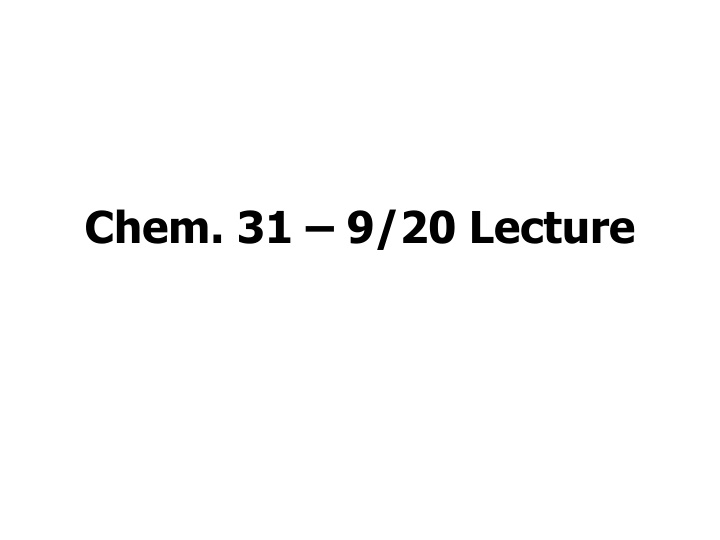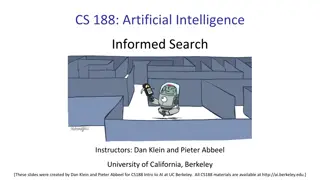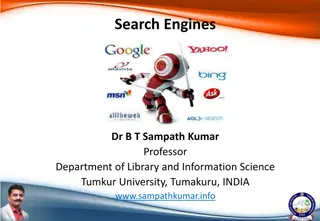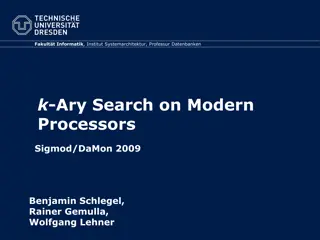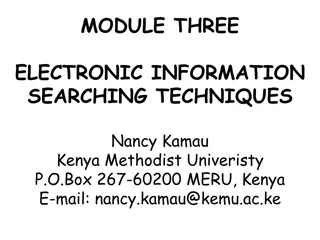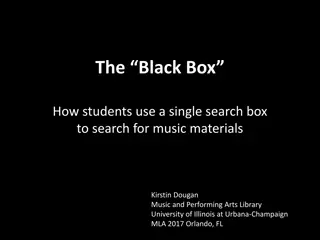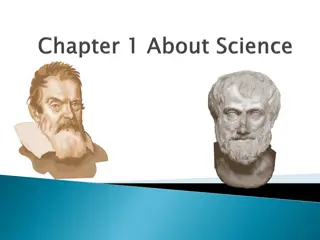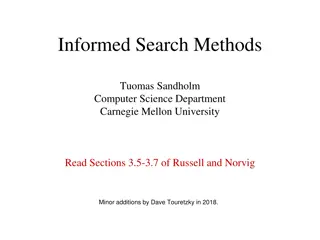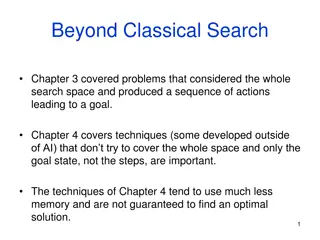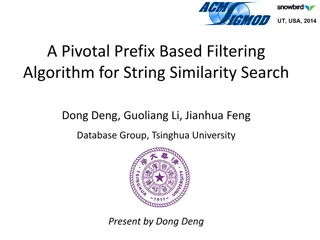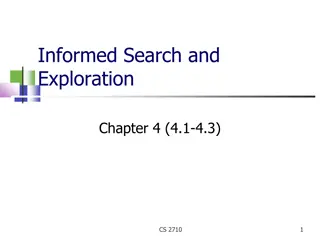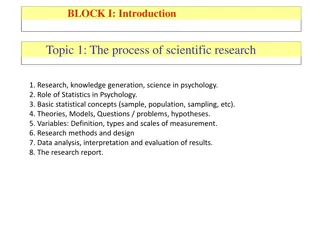Effective Search Strategies for Scientific Research
This collection of images and text provides insights into maximizing search strategies for scientific research. It covers topics such as utilizing library resources, familiarizing with tools like RSS, and leveraging databases like Scopus for comprehensive literature exploration.
Download Presentation

Please find below an Image/Link to download the presentation.
The content on the website is provided AS IS for your information and personal use only. It may not be sold, licensed, or shared on other websites without obtaining consent from the author.If you encounter any issues during the download, it is possible that the publisher has removed the file from their server.
You are allowed to download the files provided on this website for personal or commercial use, subject to the condition that they are used lawfully. All files are the property of their respective owners.
The content on the website is provided AS IS for your information and personal use only. It may not be sold, licensed, or shared on other websites without obtaining consent from the author.
E N D
Presentation Transcript
Announcements I Pipet Calibration Lab Reports due today Quiz 2 Also today after announcements Lab Manual Problem Appendix III meant to list what to turn in for every lab + have forms Has a removed lab plus missing new labs Missing forms after pipet lab PDF will be made soon
Announcements II Today s Lecture Gaussian Statistics (Chapter 4) Confidence Intervals (t-based) Statistical Tests (F-test, t-tests)
Chapter 4 Calculation of Confidence Interval with Not Known tS x Value + uncertainty = n t = Student s t value t depends on: - the number of samples (more samples => smaller t) - the probability of including the true value (larger probability => larger t)
Chapter 4 Calculation of Uncertainties Example Measurement of lead in drinking water sample: values = 12.3, 9.8, 11.4, and 13.0 ppb What is the 95% confidence interval?
Chapter 4 Ways to Reduce Uncertainty 1. Decrease standard deviation in measurements (usually requires more skill in analysis or better equipment) 2. Analyze each sample more time (this increases n and decreases t) 3. Understand variability better (so that is known and Z-based uncertainty can be used)
Overview of Statistical Tests F-Test: Determine if there is a significant difference in standard deviations between two methods or sample sets (which method is more precise/which set is more variable) t-Tests: Determine if a systematic error exists in a method or between methods or if a difference exists in sample sets Grubbs Test: Determine if a data point can be excluded on a statistical basis
Statistical Tests Possible Outcomes Outcome #1 There is a statistically significant result (e.g. a systematic error) this is at some probability (e.g. 95%) can occasionally be wrong (5% of time possible if test barely valid at 95% confidence) Outcome #2 No significant result can be detected (Null Hypothesis) this doesn t mean there is no systematic error or difference in averages it does mean that the systematic error, if it exists, is not detectable (e.g. not observable due to larger random errors) It is not possible to prove a null hypothesis beyond any doubt
Overview of Statistical Tests You need to know: Type of test to apply for a given situation How to perform the test for specific circumstances (not all, but at least case 1 t- test and Grubb s test some tests require a lot of calculations so have little value on an exam)
F - Test Used to compare precision of two different methods (to see if there is a significant difference in their standard deviations) or to determine if two sample sets show different variability (e.g. standard deviations for mass of fish in Lake 1 from a hatchery vs Lake 2 native fish) Example: butyric acid is analyzed using HPLC and IC. Is one method more precise? Method HPLC IC Mean (ppm) 221 188 S (ppm) 21 15 n 4 4
F - Test Example cont. IC method is more precise (lower standard deviation), but is it significant? We need to calculate an F value 2 2 21 S Then, we must look up FTable (= 9.28 for 3 degrees of freedom for each method with 4 trials) =S = . 1 = 96 1 FCalc 2 2 2 15 This requires S1 > S2, so 1 = HPLC, 2 = IC Since FCalc < FTable, we can conclude there is no significant difference in S (or at least not at the 95% level)
Statistical Tests t Tests Case 1 used to determine if there is a significant bias by measuring a test standard and determining if there is a significant difference between the known and measured concentration Case 2 used to determine if there is a significant differences between two methods (or samples) by measuring one sample multiple time by each method (or each sample multiple times) same measurements as used for F-test Case 3 used to determine if there is a significant difference between two methods (or sample sets) by measuring multiple sample once by each method (or each sample in each set once)
Case 1 t test Example A new method for determining sulfur content in kerosene was tested on a sample known to contain 0.123% S. The measured %S were: 0.112%, 0.118%, 0.115%, and 0.117% Do the data show a significant bias at a 95% confidence level? Clearly lower, but is it significant?
Case 2 t test Example Back to butyric acid example Now, Case 2 t-test is used to see if the difference between the means is significant (F test tested standard deviations) Method HPLC IC Mean (ppm) 221 188 S (ppm) 21 15 n 4 4
Case 3 t Test Example Case 3 t Test used when multiple samples are analyzed by two different methods (only once each method) Useful for establishing if there is a constant systematic error Example: Cl- in Ohio rainwater measured by Dixon and PNL (14 samples)
Case 3 t Test Example Data Set and Calculations Calculations Conc. of Cl- in Rainwater Step 1 Calculate Difference Step 2 - Calculate mean and standard deviation in differences (Units = uM) Sample # Dixon Cl- PNL Cl- 1 9.9 17.0 7.1 2 2.3 11.0 8.7 ave d = (7.1 + 8.7 + ...)/14 3 23.8 28.0 4.2 ave d = 7.49 4 8.0 13.0 5.0 5 1.7 7.9 6.2 Sd = 2.44 6 2.3 11.0 8.7 7 1.9 9.9 8.0 Step 3 Calculate t value: 8 4.2 11.0 6.8 9 3.2 13.0 9.8 d 10 3.9 10.0 6.1 = t n Calc S 11 2.7 9.7 7.0 d 12 3.8 8.2 4.4 7.6 13 2.4 10.0 tCalc= 11.5 8.8 14 2.2 11.0
Case 3 t Test Example Rest of Calculations Step 4 look up tTable (t(95%, 13 degrees of freedom) = 2.17) Step 5 Compare tCalc with tTable, draw conclusion tCalc >> tTable so difference is significant
t- Tests Note: These (case 2 and 3) can be applied to two different senarios: samples (e.g. comparing blood glucose levels of two twins) methods (analysis method A vs. analysis method B)
